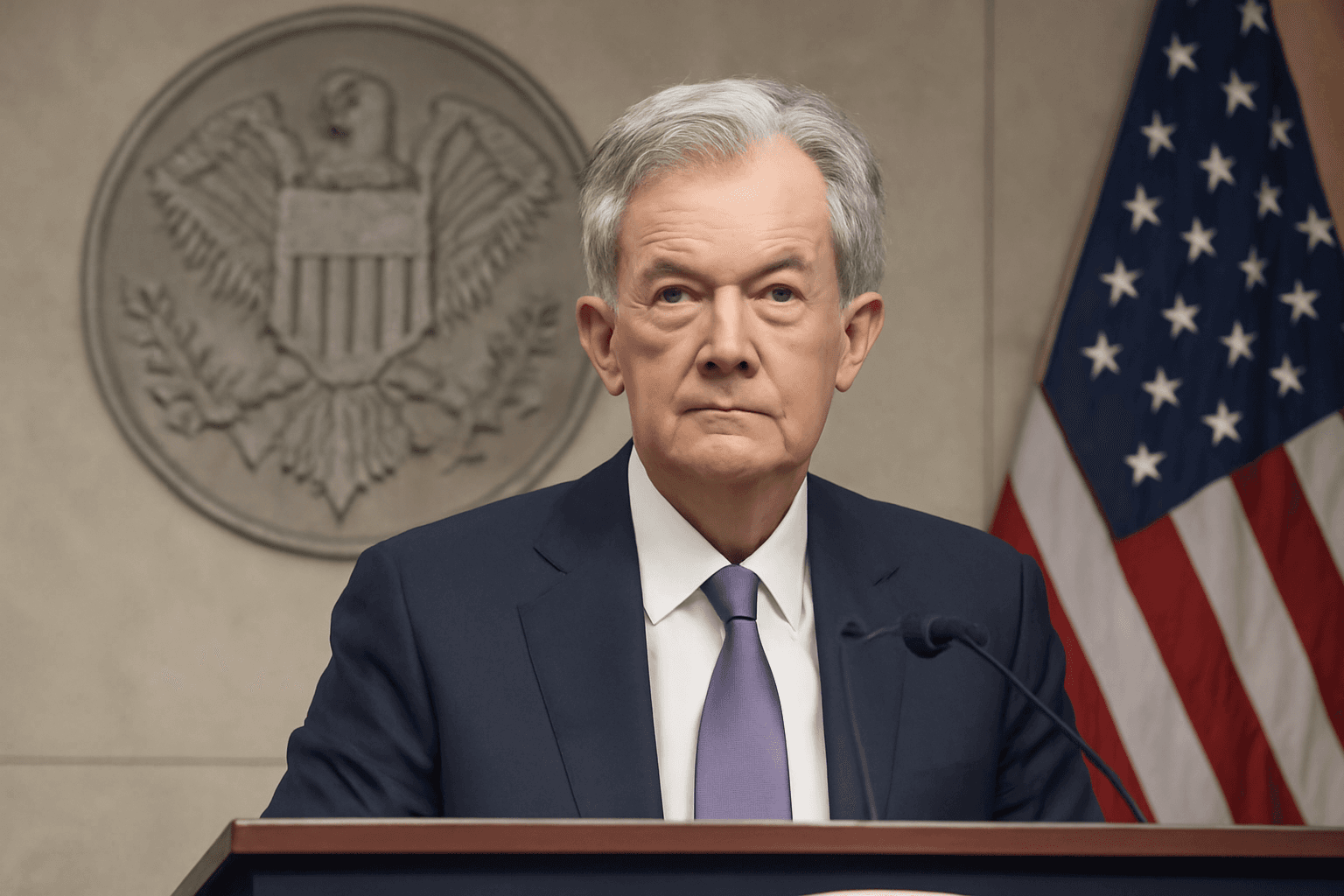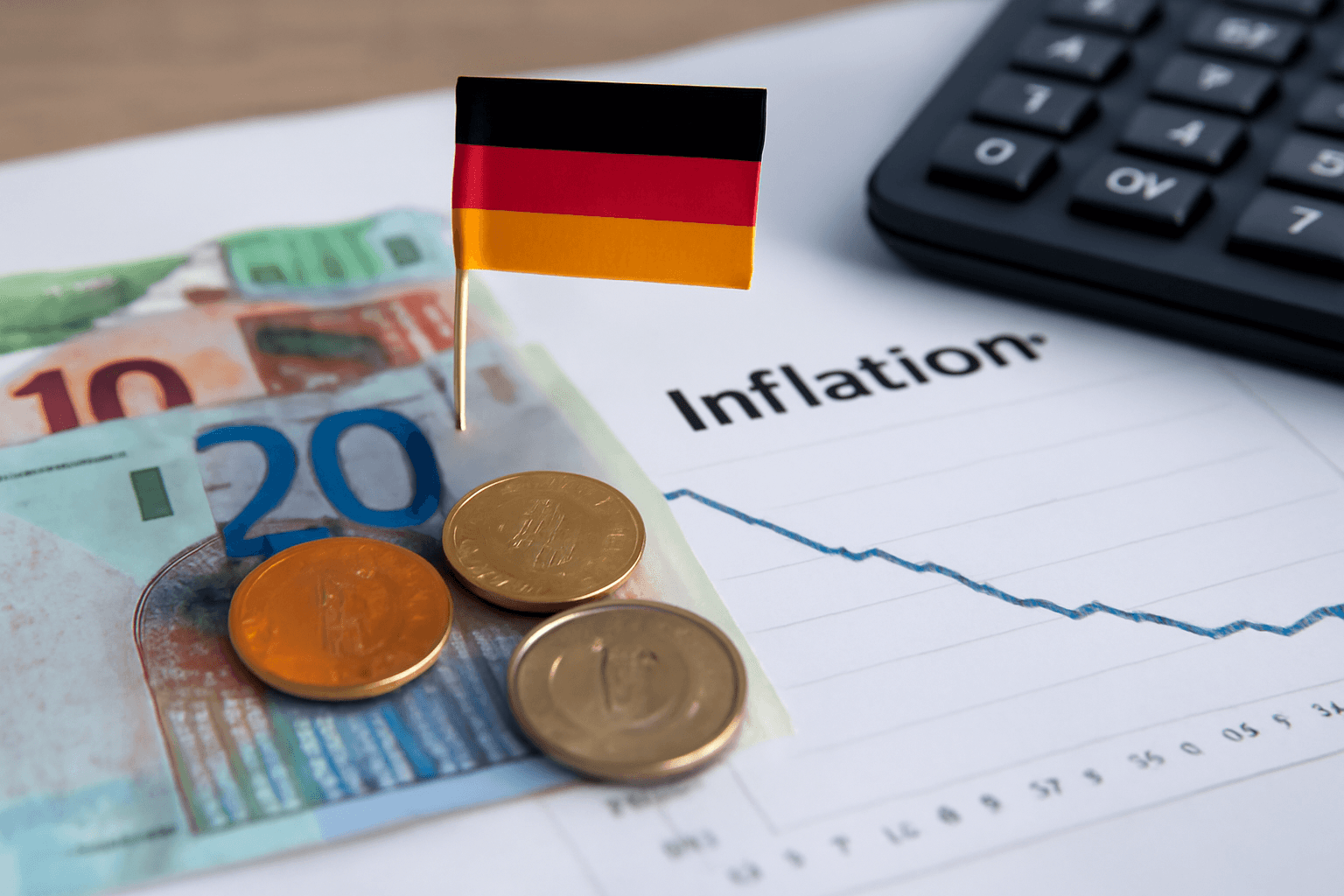Thailand's Cabinet Greenlights Vitai Ratanakorn as New Bank of Thailand Governor
In a decisive move reflecting the nation's economic priorities, Thailand's cabinet formally approved Vitai Ratanakorn as the incoming governor of the Bank of Thailand on July 22, 2025. This appointment, pending royal endorsement, is set to commence on October 1, initiating a crucial five-year term for the 54-year-old executive.
Transition and Leadership Background
Vitai, currently the president and CEO of the Government Savings Bank, will take over from Sethaput Suthiwartnarueput, who must retire after completing his term due to the mandatory retirement age. Vitai's leadership promises a fresh approach amid complex economic challenges.
Economic Challenges Awaiting Vitai
The incoming governor inherits an uphill battle within a delicate economic landscape marked by several pressing concerns:
- Stagnant consumer spending: A sluggish domestic consumption has slowed overall economic momentum.
- High household debt levels: Elevated debt burdens limit financial flexibility for many Thai citizens.
- External pressures: The ongoing impact of elevated U.S. tariffs affects trade dynamics and export competitiveness.
- Limited monetary policy tools: With interest rates already relatively low, the central bank has constrained capacity to maneuver monetary policy to stimulate growth.
These factors combine to make Vitai's role pivotal in balancing economic stability with growth imperatives.
Political Dynamics and Market Expectations
Vitai's selection over experienced central bank deputy governor Roong Mallikamas is widely interpreted as a strategic choice to enhance collaboration between the Bank of Thailand and the newly formed government led by the Pheu Thai party. This relationship has been notably strained under Sethaput's tenure, particularly around contentious topics such as interest rate decisions and monetary policy frameworks.
Experts suggest that Vitai's history with government financial institutions may foster better alignment and cooperation, potentially easing policy gridlocks and facilitating smoother economic governance.
Expert Insight: Navigating Monetary Policy in a Complex Era
From a policy analyst perspective, Vitai's stewardship arrives at a juncture where conventional monetary tools have limited efficacy amid global uncertainties. As central banks worldwide recalibrate amid tightening U.S. monetary conditions and geopolitical shifts, Thailand must balance inflation, growth, and currency stability delicately.
Moreover, Vitai’s approach will likely need to integrate forward-looking digital finance trends, given the Government Savings Bank's involvement in expanding digital banking services. This could signify the Bank of Thailand's broader embrace of financial innovation to enhance resilience and inclusion.
What Lies Ahead?
Vitai Ratanakorn faces the formidable task of steering Thailand’s monetary policy through turbulent waters. His leadership will be scrutinized for how effectively the central bank can sustain economic recovery, address social inequalities exacerbated by debt pressures, and maintain investor confidence amidst shifting political tides.
For observers of Southeast Asia's economies, the appointment signals a potential recalibration of Thailand's monetary policy approach — one that prioritizes pragmatic governance and collaborative policymaking.
Editor’s Note
The approval of Vitai Ratanakorn as Thailand’s next central bank governor encapsulates a pivotal moment in the country’s economic journey. His ability to negotiate the interconnected challenges of stagnant consumption, high debt, and geopolitical headwinds will shape Thailand's financial landscape over the next half-decade. As the nation awaits royal assent, key questions remain: How will Vitai align monetary policy with political expectations? Can his leadership bridge institutional divides and stimulate sustainable growth? These evolving dynamics merit close attention from analysts, investors, and citizens alike.











